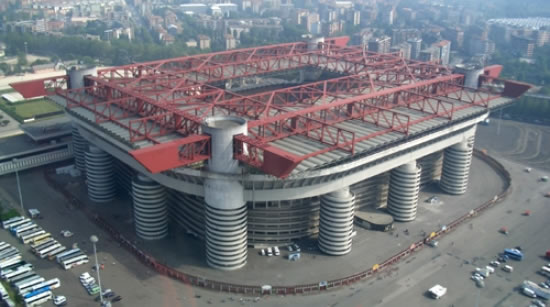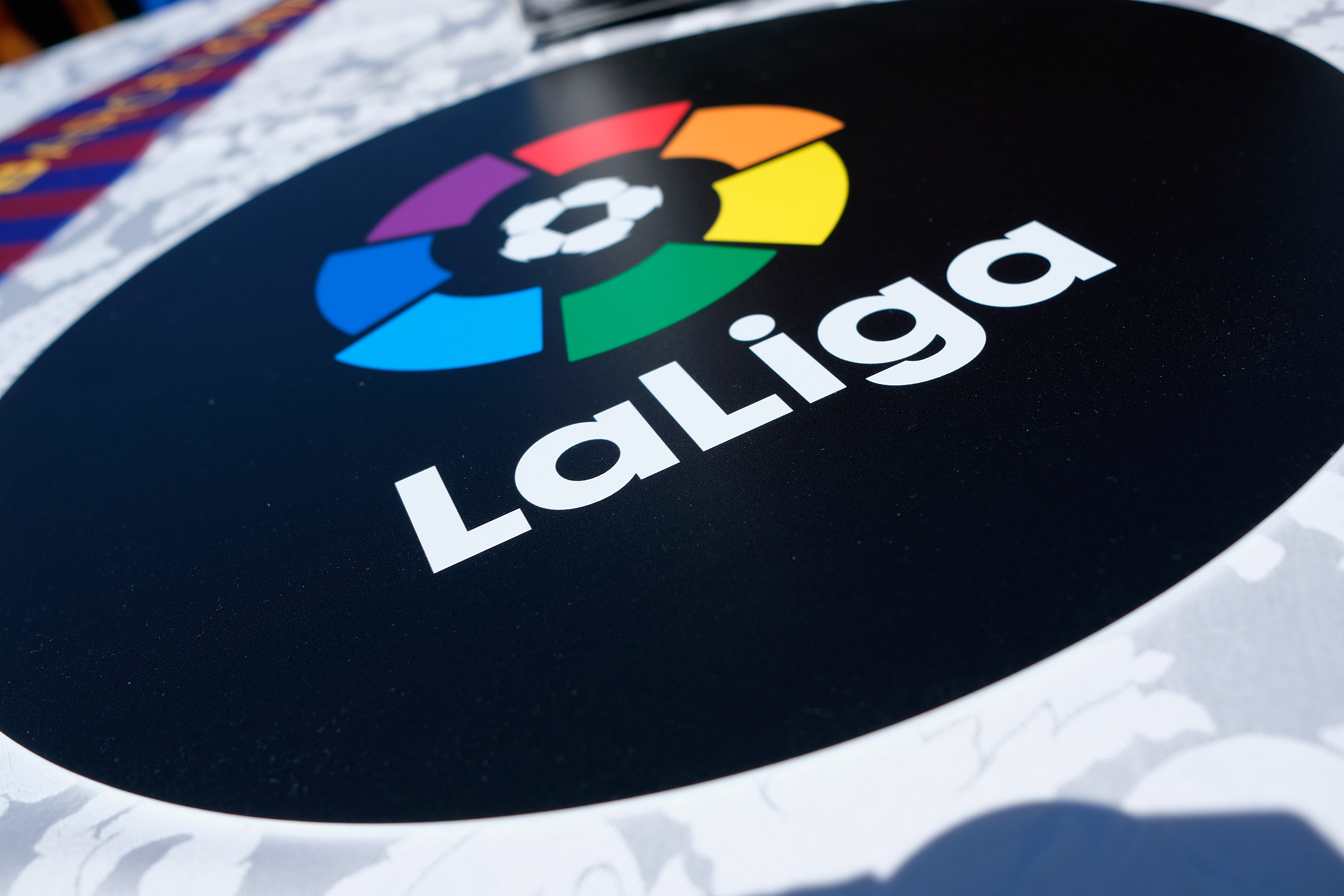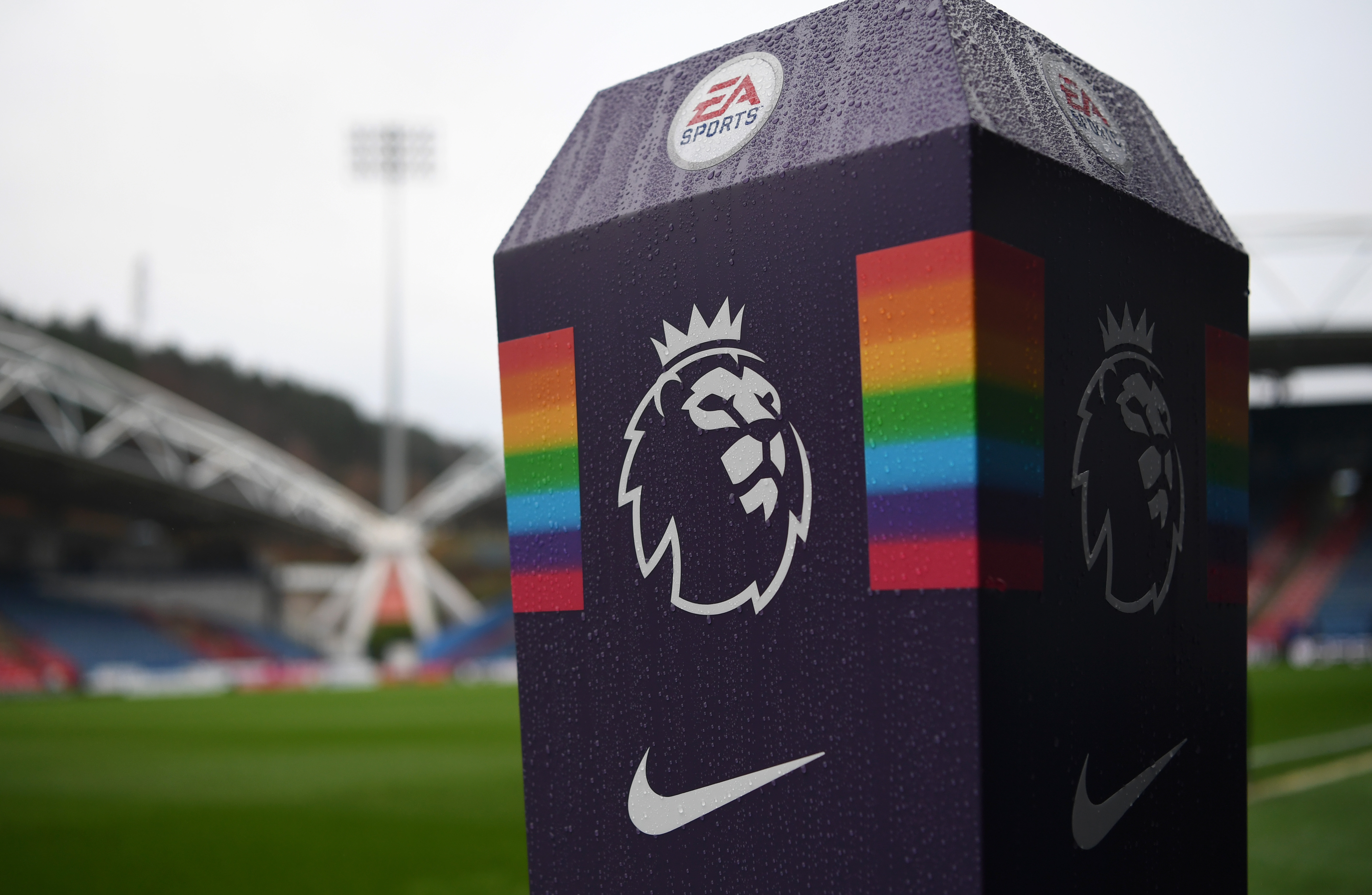Which is the one place in the whole wide world, where a football fan can be himself? Which is that place, where fans can watch their stars practice day-in and day-out and then watch them again sweating it out and giving their everything during the match? No points for guessing. The stadium, of course! Yes, the stadium is one of the most important places for a fan, where one can not only sing and chant but also openly express themselves. The stadium is also a very important place for a player, since this is the stage, where he shows the world what he can really do. This is also the stage, where he grabs the opponent by the scruff of the neck and shows his true colors.
A vibrant stadium is the dream for any football player, with an energetic crowd that can really pump him up. The thought of walking out through the tunnel and on to the pitch, is one of the most nerve-wrecking experiences for a player, with the fans hardly few meters away, ready to scrutinize every move of theirs – prepared to praise or boo. Such is the significance of stadiums that they are not considered as a mere place, where a football match takes place, they are considered as fortresses – an intimidating place where the opponent would fear to tread. A look at the Colosseum of Rome tells us the same thing.
San Siro – Beginning And Development
The San Siro stadium is Milan’s contribution to the football fraternity worldwide. It is the space-age cathedral of football, where dreams are made and also broken. The atmosphere inside cannot be compared to any other stadium simply because of the sheer number of fans, as well as fanatics, who come to watch each and every match. Even though both the clubs of Milan consider this as their home ground, the fact is that it was the red side of Milan, which first owned the stadium. TheHardTackle takes a look at the history and development of one of the grandest stadiums ever built.
The stadium was initially referred to as San Siro because of its location – the San Siro district of Milan. Originally it was named as “Stadio Comunale“, when it was first built in the 1920’s. Piero Pirelli, the then AC Milan president, decided to built a stadium specially for football and so was born the “Nuovo Stadio Calcistico San Siro” or San Siro New Football Stadium. It’s based on an Anglo-Saxon model and was designed by architect Albert Cousins and engineer Ulysses Stacchini. The distinct characteristic of the four independent stands was born at that time. When it was first built, it had a seating capacity of about 20,000, even though sometimes it hosted 25,000 to 30,000 boisterous fans.

The four corners of the stadium were closed in 1935, when four curvilinear stands were built. In 1939, after the enhancement of the stadium, it hosted as many as 55,000 people. The year 1955 saw yet another expansion, when architect Ronca and engineer Calzolari added a second ring of stands. After this expansion, it was stated that the stadium could hold as many as 100,000! However, in the mid 1980’s, after the Heysel Stadium disaster, the capacity was brought down to 80,000.
In 1980, the stadium was renamed as Stadio Giuseppe Meazza after the death of the legendary Italian striker, who during his career, played for both Milan and Internazionale, although his exploits with the blue side of Milan are more significant. It was even rumored that Meazza cried at the San Siro locker room when he scored against Inter during a derby.
The final modification of San Siro was done during the World Cup of 1990, which was played in Italy. Architect Ragazzi, Hoffer and engineer Finzi completed this modification and hence was born the helical staircases around the reinforced concrete columns. The third ring was completed at the same time. The access to the third tier was through the eleven large cylindrical concrete towers, which can be seen from outside.
The Distinctive Look

If one casts a glance at the four corners of the stadium, once can see the four large concrete towers, which extend over the third tier. These beams support the roof of the stadium. The large red beams extend outside the four corners, giving the stadium its distinctive look, when viewed from an aerial location. After sunset, the stadium becomes a different place altogether. The lighting of the stadium gives it a regal look, and to spectators outside, the feel of stepping inside the Colosseum. The feeling of stepping inside such a stadium, as a spectator, can be mind-boggling as usually the neutral fans sit on the longer sides of the pitch. The ends of the stadium are reserved for more fanatical supporters or Ultras.
Derby della Madonnina
The San Siro is the only place in the world that can claim to host the real Milan derby or as it is more famously called Derby della Madonnina. The first ever derby held at the stadium saw Internazionale merge triumphant, as they defeated Milan by a margin of 6-3. Since then, 276 derbies have taken place, with Milan emerging the stronger with 109 wins overall.
Since this stadium houses both Milan and Internazionale fans, over the years the two ends of the pitch has come to represent the collection of the Ultras. Curva Nord or the North curve has housed Inter ultras over the years, whereas the Curva Sud or the South curve has been the home of Milan ultras. Huge banners can be seen on derby days, with each set of ultras doing their best to taunt the other in a display that encompasses huge banners and chanting provocative songs.

One of the most notable taunts was performed by Milan ultras, when during a derby, they unfurled a banner displaying “Inter, the true comedy since 1908” with a picture of Dante besides it, a subtle take on Dante’s original work, which is called the “Divine Comedy”. These provocations also led to innumerable heated arguments amongst the fans; one of the darkest memories, with regards to that, would be the infamous “flare incident” during one Derby della Madonnina held on 12th April 2005. Dida was keeping near the Inter fans, when suddenly a flare hit him on the right shoulder. The match was immediately abandoned after more flares rained down on the pitch.
Even though Internazionale and Milan consider San Siro to be their home ground, according to recent news, Internazionale may move to another stadium. Talks of such a move are ongoing and developments are underway. However, should Inter finally move away, this would literally signify mean the end of an era.





